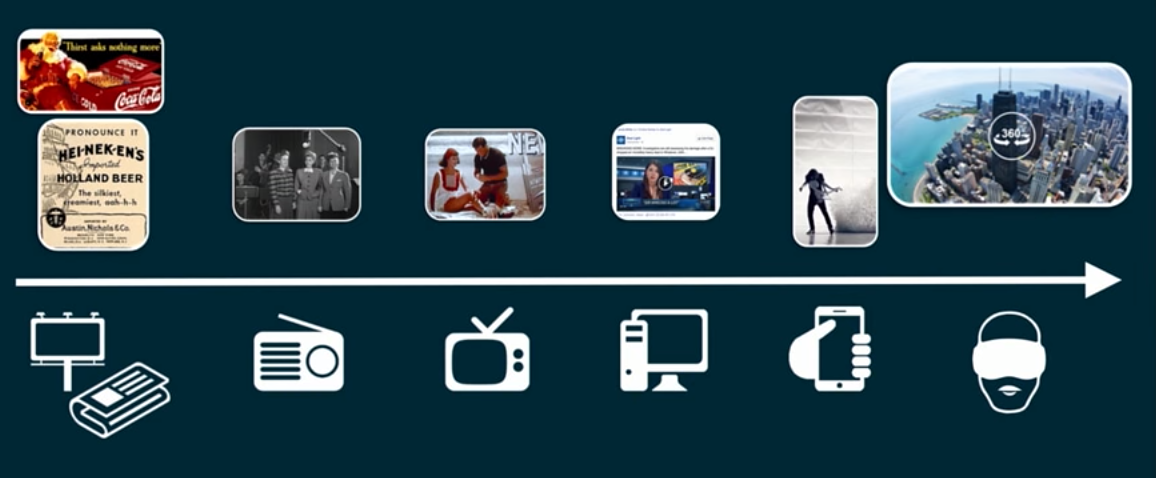Print, radio, TV, the web, mobile: Each medium has its distinct ad format. Early advertising on a new medium always borrowed practices from ads in previous media–and then ultimately evolved into something unique. What will be the native VR ad format? At Unity, we think it could be the Virtual Room ad.
1The three parts to the Virtual Room ad
A Virtual room ad can be fully customized for a particular brand. It’s like a mini app-within-an-app, and can be as entertaining and rich as the advertiser requires or wants. It’s made up of three elements:
- The environment, which is fully customized for the brand.
- Objects, placed throughout the environment that tell the brand story.
- Interactions with the objects.
2How it works
A player who chooses to experience the ad moves into the branded virtual room in such a way that it feels like a natural extension of the game (they can open a door or move through another kind of portal).
The first 20 seconds should make clear what the ad is about. If the ad is for a coffee shop chain, for example, the virtual room would look like one of the shops. The objects in the room would be the same as those you would find in the real shop: coffee cups, magazines, smart phones, and so on. For up to a minute the player can explore the room and interact with objects. They can pick up a coffee cup, and a menu pops up, and so on. Each interaction needs to help tell the story.

User flow for Virtual Room: In your core VR app, users enter into a branded space before unlocking more content. They’re transported to a fully branded world – or Virtual Room. There they spend 30-60 seconds interacting with the brand’s story before navigating back to the main VR app.
3Why it’s smart: it borrows good practices from the past, and it’s simple.
The evolution of advertising across different media.
-
It works like rewarded video ads in a mobile game. Players can experience a Virtual Room ad as a way to unlock rewards and new content, something they won’t mind doing if the ad feels like a natural part of the gameplay.
A key finding from a recent Unity Ads report is that almost 80% of consumers want to watch ads in exchange for rewards and new content. There’s no reason to assume it will be different for VR games.
-
It gets ads in front of potentially big audiences. Why should advertisers build a stand-alone ad that has to be discovered and downloaded on its own? Instead, embed the ad content into the creative content, and get it in front of many more people. It also means that advertisers and creators are not competing for the attention of the same audiences.
-
It can create a symbiosis between advertisers and creators: There are so many examples of this around around us that we barely notice it: think of the Super Bowl halftime show sponsored by Pepsi; Happy Meals that include merchandise from popular kids’ movies, or even the way the advertising and creative content in a fashion magazine blend together.
Popular examples of content and ads working together.
4But, it’s not about product placement
Product placement is not a reliable source of revenue on VR (or other media, for that matter). The Virtual Room ad format will only work if the content of the ad is appropriate to the content of the game and the audience. And, if it tells its own encapsulated story in similar ways to the creative contnt.
Now’s the time to find out what works, and set standards
Content developers, advertisers (and people who wear both hats); hardware makers, and Unity: we’re all currently building the VR ecosystem together. It’s the time to explore ideas that one day soon can become standards everyone can use. We think that’s the potential of the Virtual Room ad format: it’s simple, easily applicable and built on tried and tested practices.

